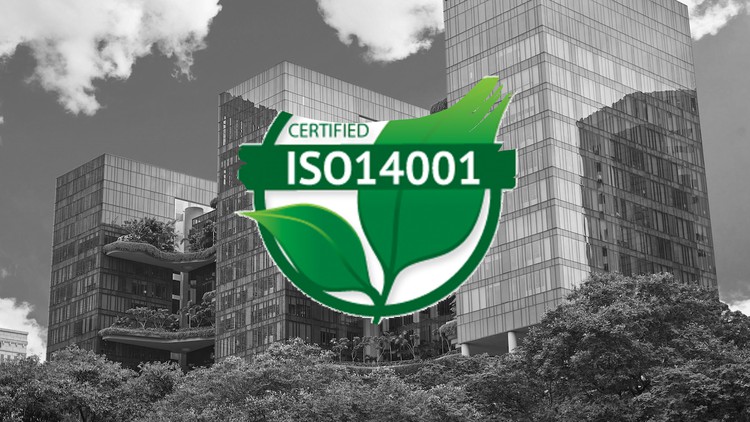
From Implementation to Improvement: A Practical Guide to Achieving ISO 14001 Compliance
What you will learn
How to implement ISO 14001 effectively, including conducting gap analysis and developing effective environmental management systems
The key concepts and requirements of the ISO 14001 standard
The responsibilities of leaders in organizations and how to develop an effective environmental policy
How to plan and manage environmental objectives, including risk management and compliance obligations
How to develop and implement effective support and competence strategies, including external communication and documented information management systems
How to identify and manage environmental impacts during operations, including emergency control
How to monitor and evaluate the effectiveness of environmental management systems, including conducting internal audits
How to identify areas for improvement and develop effective improvement strategies
Real-world examples and case studies to apply learned concepts in practical situations
Skills necessary to achieve compliance with the ISO 14001 standard and effectively manage environmental impacts in organizations.
Description
“Mastering ISO 14001: The Complete Guide to Environmental Management Systems” is an extensive course designed to provide professionals and students with comprehensive knowledge and understanding of the ISO 14001 standard. The course is suitable for individuals who are interested in environmental management systems and wish to learn how to implement ISO 14001 effectively.
The course consists of eight sections, each covering different aspects of ISO 14001. The first section introduces the standard and highlights the need for a revision. It further explains gap analysis and offers a brief clause-wise overview of ISO 14001 to familiarize students with its key concepts and requirements.
The second section focuses on the implementation of ISO 14001, including external contexts, external culture, and examples of external issues. The course also covers what organizations should do and what auditors should look for in this section. Additionally, students will learn about the scope of EMS and how to develop effective environmental management systems.
The third section concentrates on leadership, emphasizing the responsibilities of leaders in organizations, environmental policy, and organizational rules, responsibilities, and authorities.
The fourth section covers planning, including risk management, criteria for significant aspects, emissions to air, compliance obligations, environmental objectives, and what the authorities should look for. This section provides students with the skills necessary to plan and manage their environmental objectives and ensure compliance with the standard.
The fifth section centers around support and competence, including support, competence, awareness, external communication, and documented information. It discusses how organizations can communicate their environmental policy effectively, and how to develop their documented information management systems.
The sixth section covers operations, including life cycle perspective and emergency control. Students will learn how to identify and manage environmental impacts during operations, and how to effectively respond to emergency situations.
The seventh section covers evaluations for ISO 14001, including performance evaluation, monitoring, measuring, analysis, and evaluation, internal audit, and what auditors should look for. This section teaches students how to monitor and evaluate their environmental management system’s effectiveness, and how to conduct internal audits to ensure compliance with the standard.
The eighth and final section focuses on ISO 14001 improvements, including general improvements and continual improvements. Students will learn how to identify areas for improvement, and how to develop and implement effective improvement strategies.
Throughout the course, students will learn how to implement ISO 14001 efficiently, and how to achieve compliance with the standard. The course includes case studies, real-world examples, quizzes, and assignments to help students apply what they have learned. Upon completion of the course, students will have a deep understanding of ISO 14001 and the skills required to implement it effectively in their organizations.
Content